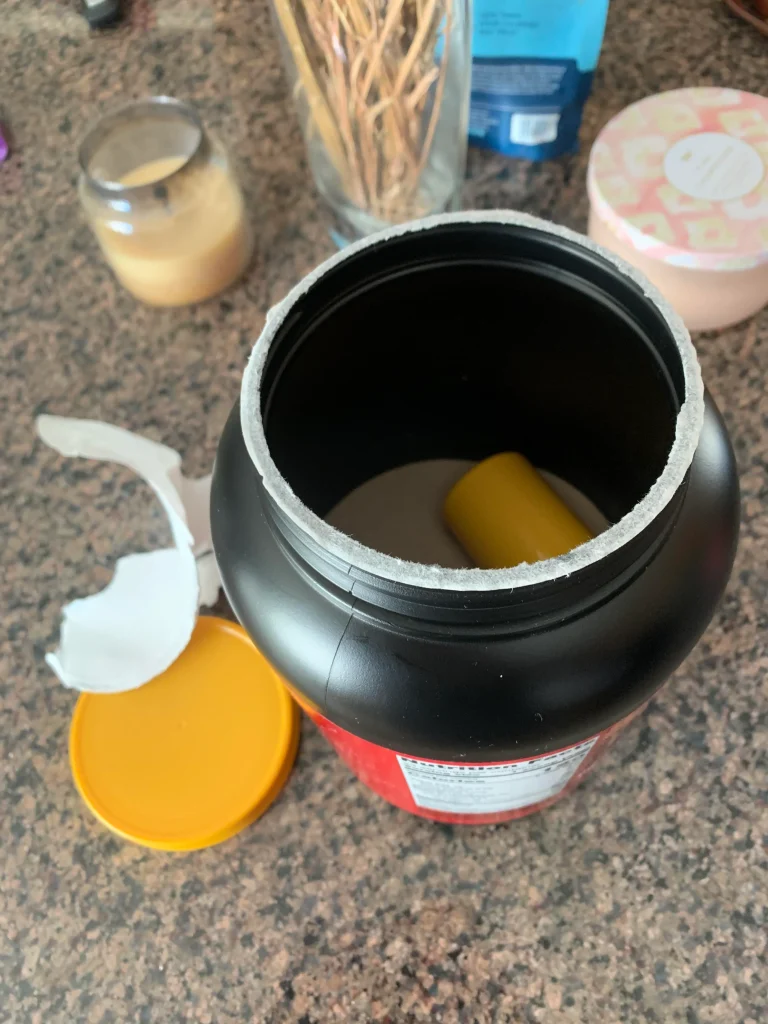As supplement users we’ve all been there: buying supplements to only discover that the package is only partially filled with supplements. This practice is called “slack filling” and many companies, supplement or otherwise, have landed in trouble for doing this. We take a close look at this practice.
As consumers, we are drawn to packaging. And one of the things that draw our eyes is the size of the packaging. Consumers are more easily attracted to the larger container. In the highly competitive business landscape, brands leave no stone unturned that might give them an advantage.
That’s how the practice of slack filling came into existence. Slack filling is defined as the difference in volume of a container and the volume of the product inside it. A high degree of slack filling implies that there is too little product in a container. Conversely, a low degree of slack fill implies that there is little empty space in a container.
Slack filling is permitted in some cases. In these cases, the slack fill is defined as being “functional”, meaning that it serves a purpose:
- It protects the product inside the package. E.g. Air in Lay’s chips bags prevents the chips from turning into powder.
- If the product is presented in a reusable container that is of great value and is needed for the use of the product.
- If some empty space is needed due to the operational constraints of the machine that fills and seals the container.
- If a larger container is needed in order to allow adequate space for proper label information to be presented. E.g. blister packs for tablets for erectile function. Big packs but only 1 tablet inside.
- If there is settling of the powder during storage and transportation.
How much Slack Fill is too much?
It is not clearly defined by the law what degree of slack filling is too much. But some companies did get into trouble with the law for slack filling.


Example of a slack fill lawsuit. Source: Keller and Heckman LLP. https://slideplayer.com/slide/12974439/
The reasons why you see “non-functional” slack filling in products.
The main intent of non-functional slack fill is to mislead consumers. However, I understand that sometimes it is done to achieve a lower price point.
As I am also in charge of packaging material procurement, it is important to appraise the packaging that the product will be packaged into, at the time of formulation development.
It is not always easy to find the right packaging for certain products that will give minimal slack slack filling. Sometimes there is enough room for more powder but adding more powder means adding to the cost of the product.
For smaller companies, they may be short of jar options due to financial considerations.
Sometimes the powder settles down during transportation and storage. From experience, I can say that this is especially true for powders with ingredients with small particle size (e.g. carbohydrate powders). Other types of powders (e.g. Whey Protein) remain more fluffy and do not settle as much. The moment you add other ingredients to the whey protein (e.g. carbohydrate powders to make other types of products like recovery shakes or muscle gainer shakes) the capacity of the powder to become more compact increases.
What are brands doing?
Some brands are coming up with creative ways to disclose their fill levels
Example 1: indicating the fill level and the propensity of powders to settle on marketing material (e.g. in gallery images on their website)


Example 2: use of transparent containers. This may be an issue for products with light-sensitive ingredients.

Example 2: Indication of fill level on the label of products.


To view my Professional Profile on LinkedIn: please click here
To see my latest product creations: www.bioteenhealth.com
To view my Scientific Publications on PubMed: please click here
To get in touch, please write to: info@supplementscientist.com
Follow supplementscientist.com on Facebook: please click here
Medical disclaimer
The information presented on this website is intended for adults 18 or over. Its aim is purely educational and does not constitute medical advice. Please consult a medical or health professional before you begin any program related to exercise, nutrition, or supplementation especially if you have a medical condition. If you consume any product mentioned on our site, you do so on your own free will, and you knowingly and voluntarily accept the risks. © 2023. Supplementscientist.com







Leave a Reply